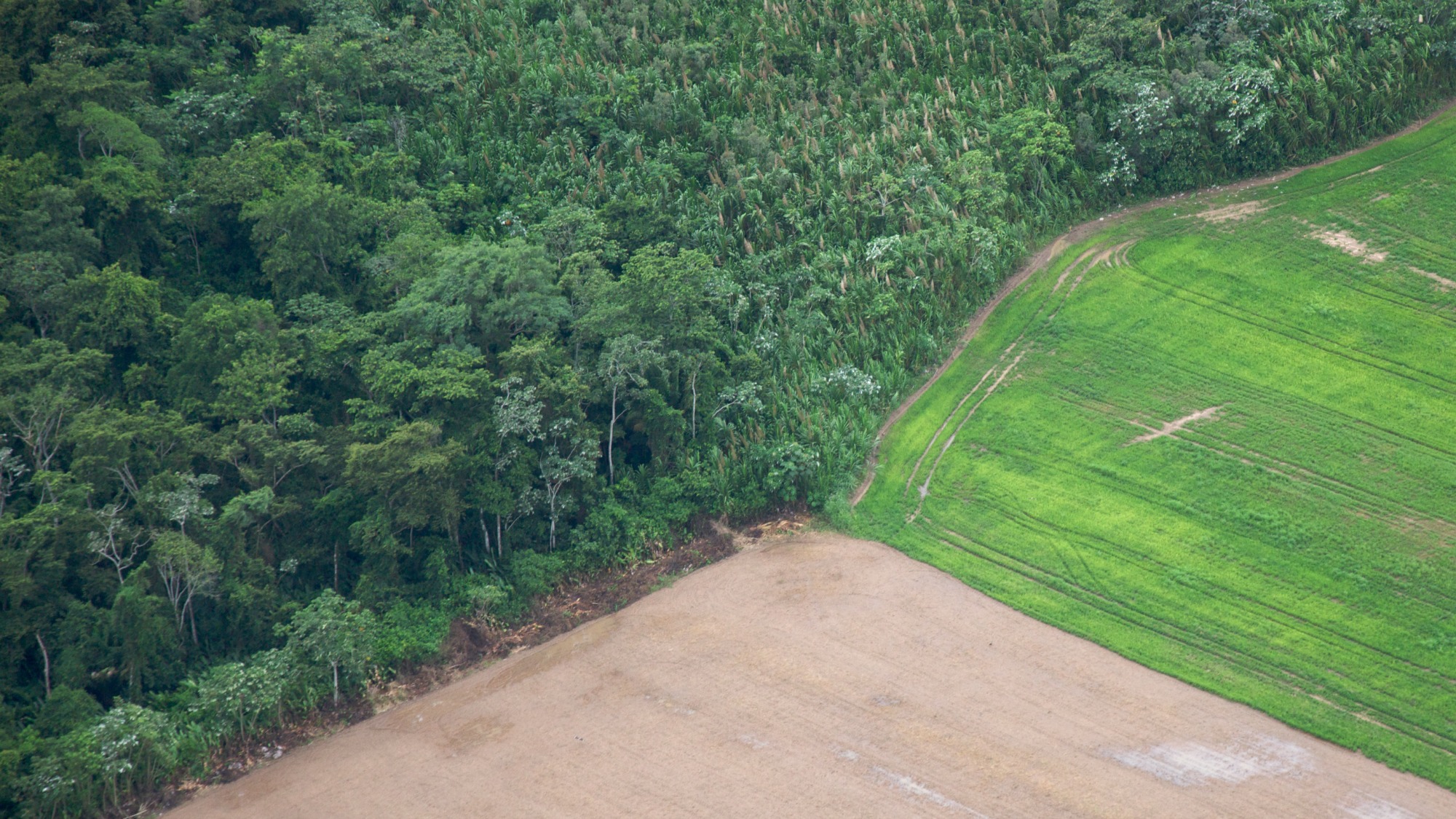When you hear deforestation, you might think Brazil. It’s a fair association: Over the past four decades, upwards of 20 percent of the Amazon rainforest has been cut down. But Brazil also boasts a relative success story, having reduced deforestation in the Amazon by 70 percent over the past ten years. Instead, new data from a collaboration between Google and the University of Maryland illustrate unprecedented — and until now, largely overlooked — forest loss in Southeast Asia and West Africa, among other hotspots:

The collaboration between the tech behemoth and the Maryland researchers expands the scope of Global Forest Watch, a satellite-driven mapping tool that tracks deforestation around the globe. The new satellite analyses are surprising to many and demonstrate the continuing need for rigorous forest monitoring outside regions of traditional deforestation concern.
“I think the key drivers in these key hotspot areas are a combination of external demand from China and internal issues with governance and control,” says Nigel Sizer of WRI, in a video about the data. “A lot of the clearing is actually illegal in some of these countries.”
Sizer cites rubber plantations in Cambodia as an example of such governance issues. A booming rubber industry needs space in which to operate, and wild forests are often the obvious candidates for clearing plantation space in the Southeast Asian country. But proposed rubber plantations are often covers for illegal timber operations, in which forests are cleared and the wood is sold and exported, but plantations never actually appear. Since the turn of the millennium, Cambodia’s tree cover loss has accelerated faster than any other nation’s. Close to a half million acres of forest are lost every year in the country, with much of this loss coming from ostensibly protected forests.
The World Resources Institute (WRI) launched Global Forest Watch in early 2014, a year that saw a global loss of 45 million acres of tree cover. (Not all tree cover loss, however, is caused by deforestation — forest fires, tree disease, and plantation harvesting can also be blamed.) The WRI mapping tool itself — which is pretty incredible — tracks changes in tree cover and land use and allows citizens and journalists to geotag deforestation stories. The group aspires to leverage the tool to expose illegal forest clearing, reports RTCC:
The research is the largest and most up-to-date global dataset for tree cover loss, and shows the promise of cloud computing to help authorities to root out illicit activity.
Satellites can detect areas as small as 30 square metres now, updating global coverage every eight days to track changes, said Matt Hansen at the University of Maryland.
The technology has revolutionised forest surveillance, which before relied on the likes of donor funding for countries to make forest inventories.
Whether or not Google’s deforestation monitoring falls under Alphabet remains, like everything else about Alphabet, an open question.



